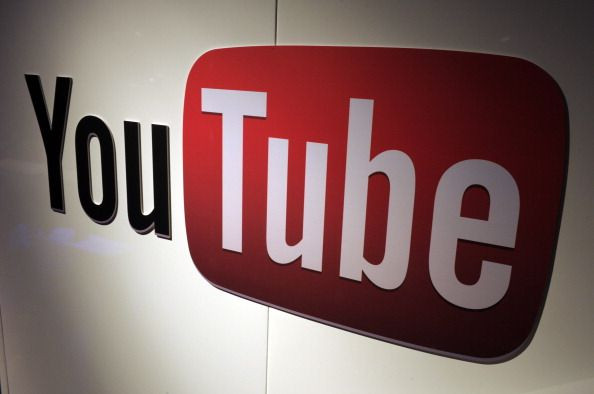Google Removes 17,000 YouTube Channels, 100,000 Videos, 500 Million Comments For Hate Speech

Google-owned YouTube removed 17,000 channels, 100, 000 videos and almost 500 million comments due to hate speech content.
In their continuous effort to make sure that their four Rs of responsibility is implemented (remove, raise, reward, reduce), Google-owned YouTube took down a quite a big amount of channels, videos, and comments. The move is a part of their goal to remove the contents that violate their policy as quickly as possible.
One major aspect that YouTube focuses on is hate speech content. That is why 17,000 channels that went through reviews and scrutiny ended up being removed from the open platform. 100,000 videos and 500 million comments also went through a thorough test and ended up with the same fate as the 17,000 channels.
YouTube assured the public that the entire process of removing the 17,000 channels, 100,000 videos and 500 million comments went through the proper policy. The policy that the company created in June contains the guidelines in identifying contents with hate speech.
YouTube specifies that any channels publishing videos that bear content that glorify the Nazi ideology or deny documented violent events like the Holocaust are subject for removal. The Google-owned open platform has more than 10,000 people working on the detection, review, and removal of the policy-violating videos.
Highest Detection So Far
The 17,000 channel, 100,000 videos and 500 million comments speak of a significant amount of detection since the new hate speech policy took effect. Reports suggest that the figures will represent a spike in the takedown statistics.
Policy Development
Google-owned YouTube revealed how their policies on the removal of videos and channels are done. The company clarified that before implementations the line between what they remove and what they allow is drawn in the right place and that the policy does not choke the openness of the platform.
Complex issues such as hate speech require several months of study before coming into finalization. Pieces of training and tools are developed during these times. Regional differences are also taken into consideration to assure that the proposed change is fairly applicable globally.
Upon execution of the policy, the policy-making team works with machine detection for a more accurate result.
© Copyright IBTimes 2024. All rights reserved.





















